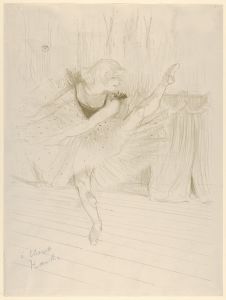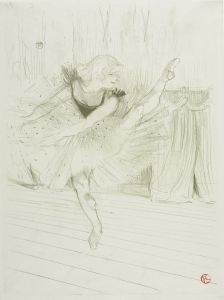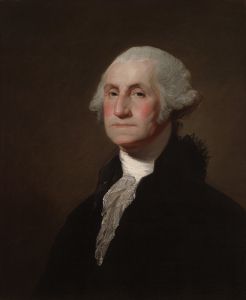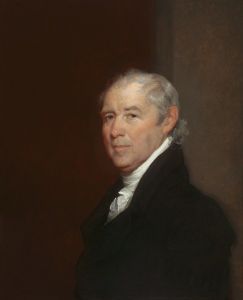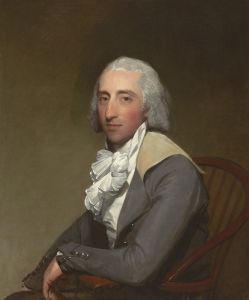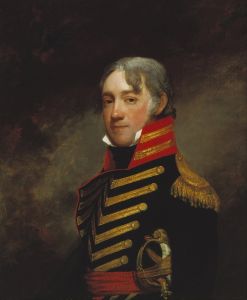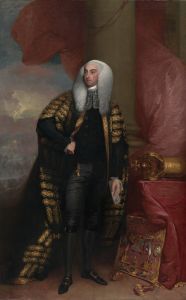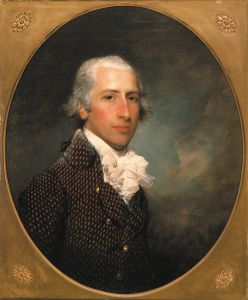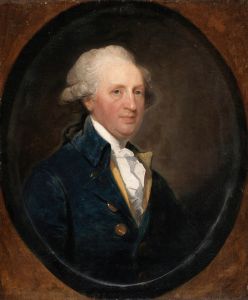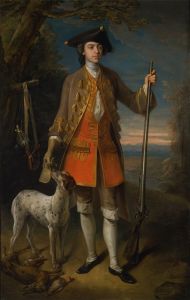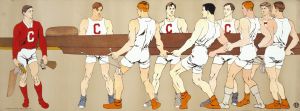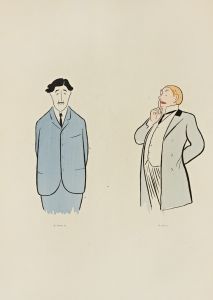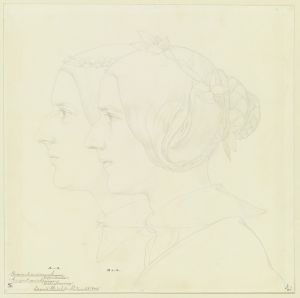
Theodosia Burr Alston
A hand-painted replica of Gilbert Stuart’s masterpiece Theodosia Burr Alston, meticulously crafted by professional artists to capture the true essence of the original. Each piece is created with museum-quality canvas and rare mineral pigments, carefully painted by experienced artists with delicate brushstrokes and rich, layered colors to perfectly recreate the texture of the original artwork. Unlike machine-printed reproductions, this hand-painted version brings the painting to life, infused with the artist’s emotions and skill in every stroke. Whether for personal collection or home decoration, it instantly elevates the artistic atmosphere of any space.
The portrait of Theodosia Burr Alston by Gilbert Stuart is a notable work of art, capturing the likeness of an important figure in early American history. Theodosia Burr Alston was the daughter of Aaron Burr, the third Vice President of the United States, and she was known for her intelligence, charm, and social prominence. Born on June 21, 1783, in Albany, New York, Theodosia was the only surviving child of Aaron Burr and his wife, Theodosia Bartow Prevost.
Gilbert Stuart, the artist behind this portrait, was one of the most prominent American portraitists of the late 18th and early 19th centuries. He is best known for his portraits of George Washington, including the famous unfinished "Athenaeum" portrait, which has been widely reproduced and used as the basis for the image on the United States one-dollar bill. Stuart's work is characterized by his ability to capture the personality and presence of his subjects with a refined and realistic style.
The portrait of Theodosia Burr Alston is believed to have been painted around 1804, a period when Stuart was actively working in the United States after returning from a successful career in Europe. The painting is an oil on canvas and exemplifies Stuart's skill in rendering delicate features and elegant attire, which were hallmarks of his portraiture.
Theodosia Burr Alston was a highly educated woman for her time, having been tutored in subjects such as mathematics, literature, and languages. Her education was overseen by her father, Aaron Burr, who held progressive views on women's education. In 1801, she married Joseph Alston, a wealthy landowner from South Carolina who later became the governor of the state. The marriage elevated her social standing and further integrated her into the political and social elite of the early United States.
Tragically, Theodosia's life was marked by personal and political turmoil. Her father, Aaron Burr, was involved in a number of controversies, including the infamous duel with Alexander Hamilton in 1804, which resulted in Hamilton's death. Burr's subsequent political downfall and charges of treason added strain to Theodosia's life. Additionally, she suffered the loss of her only child, Aaron Burr Alston, in 1812, which deeply affected her.
Theodosia Burr Alston's life came to a mysterious end in 1813. She was last seen boarding the schooner Patriot in Georgetown, South Carolina, bound for New York. The ship never reached its destination, and Theodosia was presumed lost at sea. Her disappearance has been the subject of much speculation and intrigue over the years, but no definitive evidence has ever surfaced regarding her fate.
The portrait by Gilbert Stuart remains one of the few tangible connections to Theodosia Burr Alston's life and legacy. It serves as a reminder of her place in American history and the cultural milieu of the early 19th century. The painting is held in high regard for its artistic merit and historical significance, offering a glimpse into the life of a woman who navigated the complexities of her era with grace and intellect.





